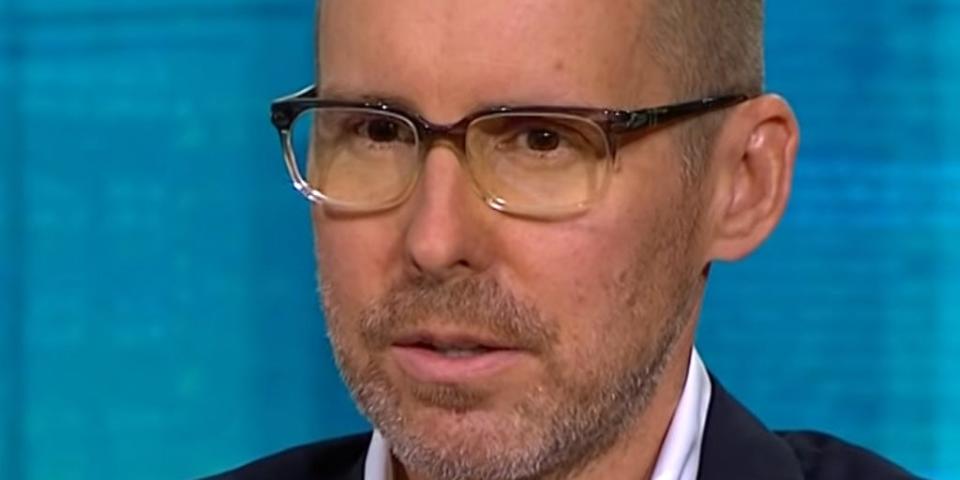A “Black Swan” investor says there’s a huge debt bubble and the Fed’s policies will end in disaster.
Universa’s Mark Spitznagel views Treasuries as a “hopeful haven” that offers limited protection.
Spitznagel said that portfolio diversification can be more harmful than helpful to investors.
The boss of a “Black Swan” fund has sounded the alarm on the biggest debt bubble in history, and warned the Federal Reserve’s efforts to shore up markets and stave off recessions have paved the way for a far worse disaster in the future.
Mark Spitznagel is the founder and chief of Universa Investments, which specializes in protection against extreme and unpredictable “tail risks” in markets. He dismissed Treasuries as a haven asset, and cautioned investors that diversifying their portfolios can do more harm than good during a recent Yahoo Finance interview.
Here are Spitznagel’s 10 best quotes, lightly edited for length and clarity:
1. “We are in the biggest credit bubble in human history. I don’t think that should be a controversial statement.”
2. “Monetary policy is the most destructive force in the global economy. It’s taken a natural, healthy, homeostatic process of crashes, bankruptcy, recession, and it’s turned it into something that is dangerous and destructive. This is what they’ve done in trying to eliminate recessions and crashes. They’ve created this tinderbox, right? We’re living in a tinderbox time bomb.”
3. “Treasuries are not a safe haven, they’re very much a hopeful haven. They have their place. I think that they’re pretty cheap right now, frankly, so I don’t want to trash them too much. But as a strategic risk mitigation strategy, they just don’t address the non-linear nature of risk.”
4. “Risk mitigation can end up being the costliest thing we do as investors. It’s usually the cure that’s worse than the disease.”
5. “You need to think of risk mitigation not as protecting yourself from the markets, but more than anything else, protecting yourself from yourself. The markets make us do really stupid things. We just need to set up our portfolio to protect us from that.”
6. “We face this problem as investors, I call it the great dilemma of risk. If you take too much risk, it costs you over time. If you take too little risk, it costs you over time.”
7. “I’m the most bearish guy you’re ever going to meet. But we could all agree that in the next 20 years, if you could make one trade right now, it’s probably buy the S&P, right? Despite what’s going on and how expensive it is today. So we know that mitigating risk really isn’t about where we think the world is going to be.”
8. “As a business, we protect against very large losses. That’s what we’re there for. It’s not just because they’re scary. It’s not just because they’re large. It’s not just because they make headlines. It’s because, mathematically, they’re what matters. The little losses don’t matter, it’s the big ones.” (Spitznagel pointed out that it takes a 100% gain to erase a 50% loss on an investment, and a large loss can weigh heavily on compound growth over time.)
9. “Diversification has been called by great luminaries like Dalio, ‘the Holy Grail of investing.’ That is a lie. That is not the Holy Grail of investing. Peter Lynch appropriately calls it ‘deworsifying’ portfolios. It is actually the cure that is worse than the disease.”
10. “It’s easy to pick on 60/40 now because bonds have just been destroyed, right? So I’m not going to kick them while they’re down. But I would have said this four or five years ago. When diversification — ‘deworsification’ — gets a win, maybe you lose less in a crash, it’s like a Pyrrhic victory, because you end up paying for it in the recovery. It’s a double-edged sword, right? You’ll get cut by it.” (Spitznagel’s point was that diversifying a portfolio can limit its losses, but it can also significantly constrain upside.)
Read the original article on Business Insider
Credit: Source link




